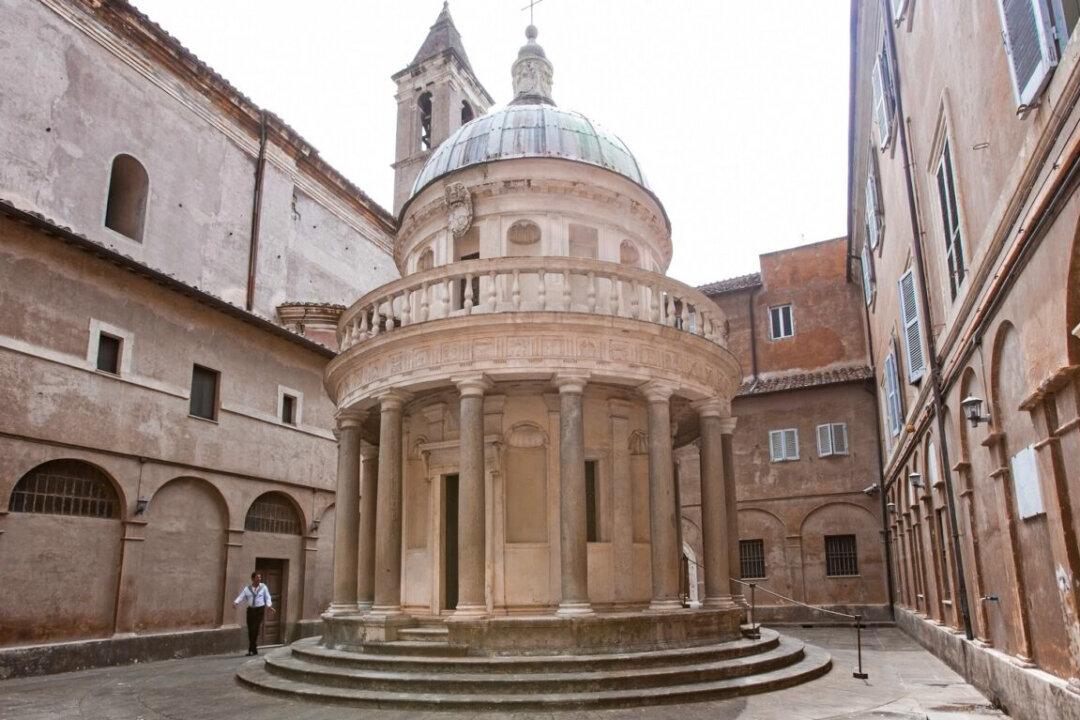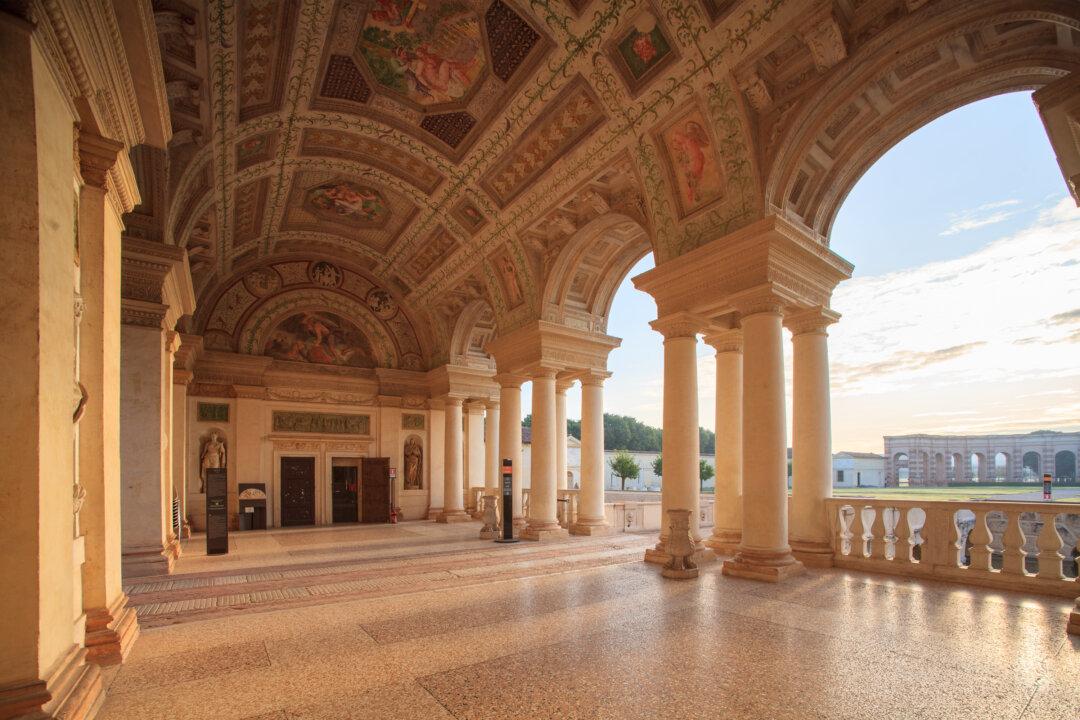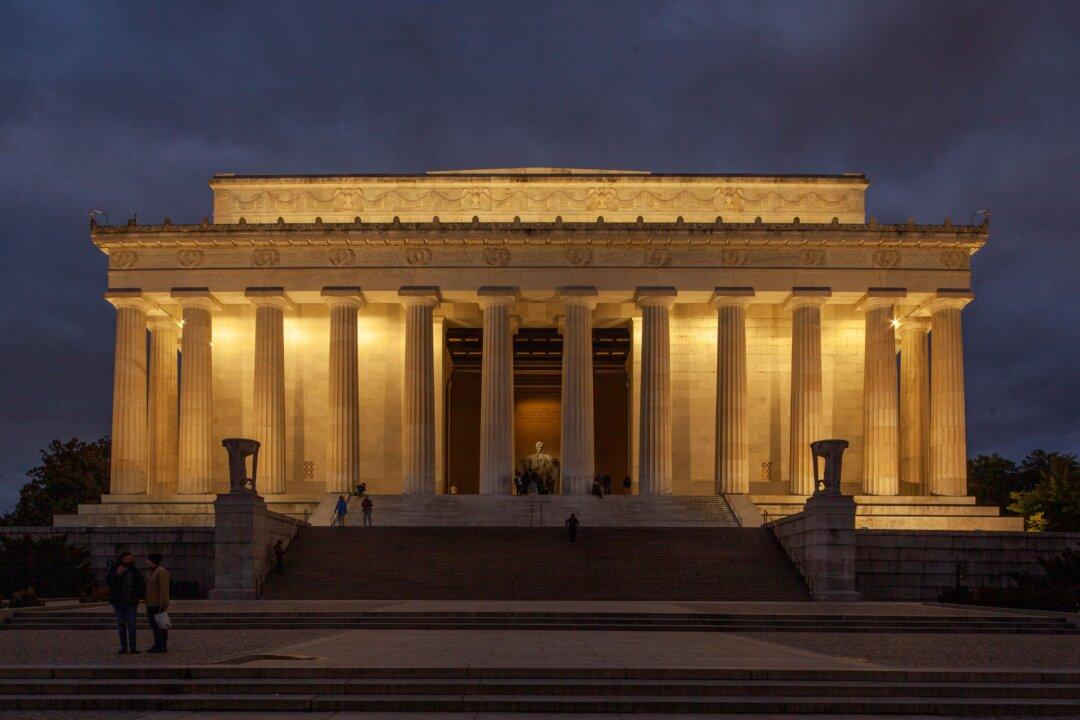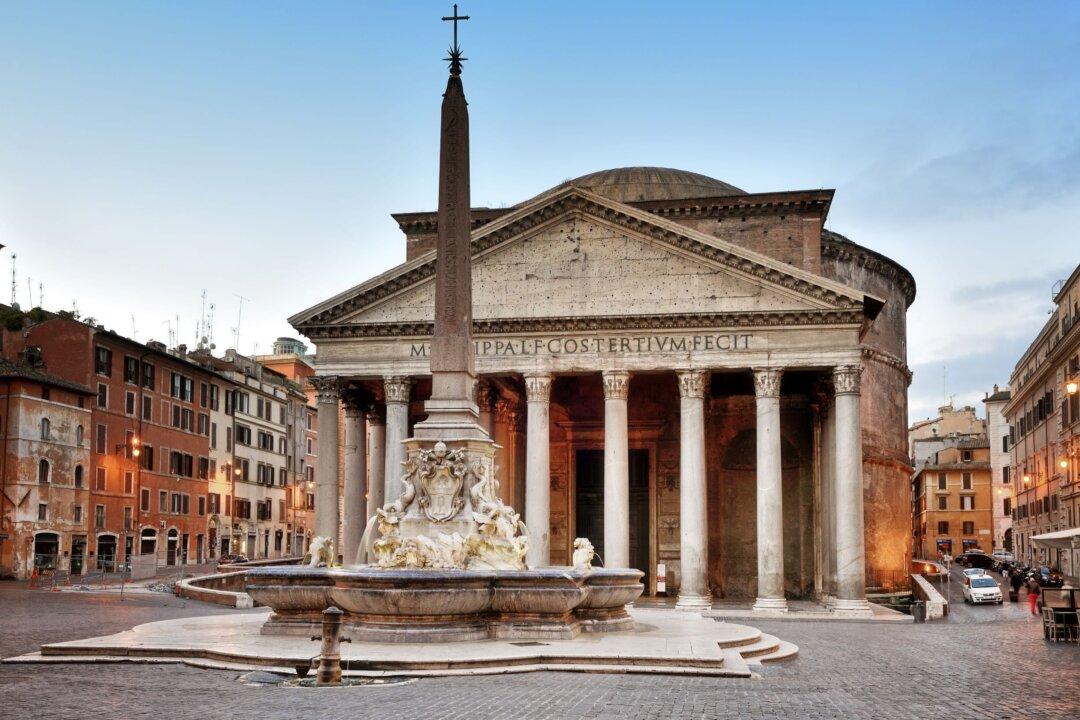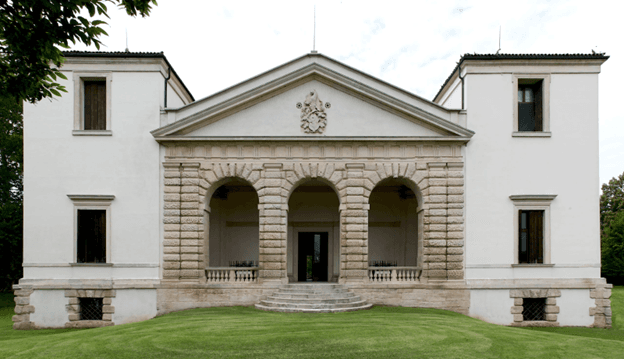The Tempietto in Rome is at once a reflection of divine order and a monument to St. Peter. It was designed by Italian architect and painter Donato Bramante in 1502 during the High Renaissance, a time when architects sought to give form to the enlightened understanding of life and the universe and transcend the heights of classicism.
The Tempietto, or small temple, unites heaven and earth with perfect geometry and proportions that emulate the perfection of divine realms. The sphere and circle repeated throughout represent unity and completeness, and they are associated with spiritual attainment.

